Inspired by: Marketers that don’t fall for the Millennial illusion
If any of us have to sit through another presentation about how Millennials are tethered to their phones and passionate about music, we might just get up and walk out — of the industry.
Why are marketers still trying to reduce a massively diverse group of people to a few salient points?
If you define Millennials today as 18–35**, the difference between someone that’s in college at 19 years-old, and a 33 year-old parent of two kids, is huge. Suddenly, the Millennial that lived a bus stop away from work (and didn’t see the need to own a car) is moving into a three-bedroom home and has a whole new set of product interests.
**Another problem is that we’ve been calling Millennials 18–35 for over 5 years. That’s not how these things work. Despite rumors, science has proven Millennials are aging at the exact same rate as the generations before them.
At 80 million strong, Millennials now represent the largest segment of Americans .
At 80 million strong, Millennials now represent the largest segment of Americans — among them are healthcare practitioners, snowboarders, and veteran teachers. They are as varied as any one segment can possibly be. They arguably represent a more diverse set of life stages than Generation X and the Baby Boomers combined.
Of all the core marketing keys I convey to my clients (e.g. create culture, right a wrong, pick an enemy, establish rituals, act small, etc.) none will perform very well at the scale of 80 million audience members. Sure, you could try, but if you take the lowest common denominator among such a large swath of the population and base your creative execution off of it, your marketing effort will probably come across as white noise.
Brands that chase a homogenous idea of the Millennial mindset are missing the bigger point: life stages and personal situations outshine nearly everything. If you’re trying to establish a pitch-perfect Millennial-edgy-youthful tone, not only are you chasing a phantom, you’re also cheating yourself out of the opportunity to offer your product or service directly to a customer who is actually interested in it.
Here’s a better approach:
1) Define the person you’re trying to reach.
2) Determine what that person desires in life (or on a particular day),
3) Show them how you can help.
Zappos follows these steps beautifully. Through a fairly basic use of data, Zappos knows I love to run, and the weather isn’t always perfect where I live. Recently they recommended an all-weather, long-distance running shoe. It was spot on, and I bought the shoes. Zappos made that sale without any sort of DJ, or food truck, or random age-related gimmick.
Brands that successfully speak to a large segment of the population in a single voice often do it without resorting to generational distinctions. Patagonia, for example, recognizes the basic human truth that, regardless of age, many people want to treat themselves to a quality product while treating the environment around them well, too.
If you’re going to tell people you know exactly how they think because they’re a so-called Millennial, at least make fun of all the clichés—like “follow the frog.” This example, from the Rainforest Alliance, pokes fun at the tropes of the Millennial mindset.
If thus far you’ve been unable to avoid the pitfall of chasing Millennials en masse, don’t worry. You can take what you’ve learned and save yourself from Gen Z. Spoiler alert: research will show they over-index for mobile phone use and are a highly social bunch with music as a passion point.
Now, go find out who they really are.


